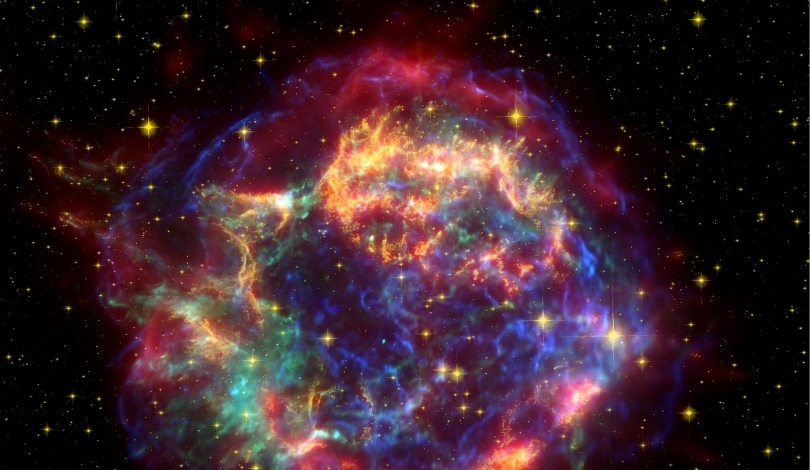Despite its vast age, the universe remains a dynamic environment, continually giving rise to new galaxies. Current astronomical observations and simulations reveal that galaxy formation is still active, driven by the interplay of dark matter and normal matter even billions of years after the initial cosmic events. This ongoing process highlights the persistent mechanisms that sustain cosmic evolution.
Early research suggested that galaxy formation was predominantly a phenomenon of the universe’s youth. However, recent studies demonstrate that the formation of new galaxies persists into the present day. The enduring presence of dark matter halos continues to provide the necessary gravitational pull for accumulating normal matter, facilitating the birth of new stars and galaxies.
What Drives the Formation of Galaxies?
Dark matter plays a crucial role in galaxy formation by creating gravitational wells that attract gas and dust. This accumulation of normal matter within dark matter structures leads to the initiation of nuclear fusion, sparking the creation of new stars and, subsequently, galaxies.
How Do Dark Matter and Normal Matter Interact?
The interaction between dark matter and normal matter is fundamental to the process of galaxy formation. While dark matter provides the gravitational framework, normal matter gathers within these structures, cooling and condensing to form stars and other celestial bodies. This symbiotic relationship ensures the continuous emergence of new galaxies.
Will Galaxy Formation Continue Indefinitely?
Although galaxy formation is ongoing, the universe’s expansion is expected to eventually hinder this process. As the universe continues to expand, matter will become more sparsely distributed, leading to a gradual slowdown and eventual cessation of new galaxy formation in the far future.
The sustained formation of galaxies underscores the resilience of cosmic structures in the face of an ever-expanding universe. Continued research into dark matter and galaxy dynamics promises to enhance our understanding of the universe’s long-term evolution. These insights are essential for comprehending the full scope of cosmic development and the factors that influence it over astronomical timescales.










